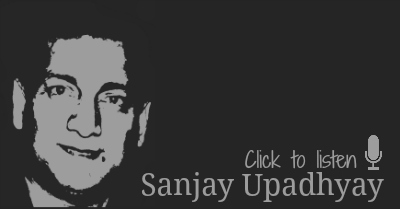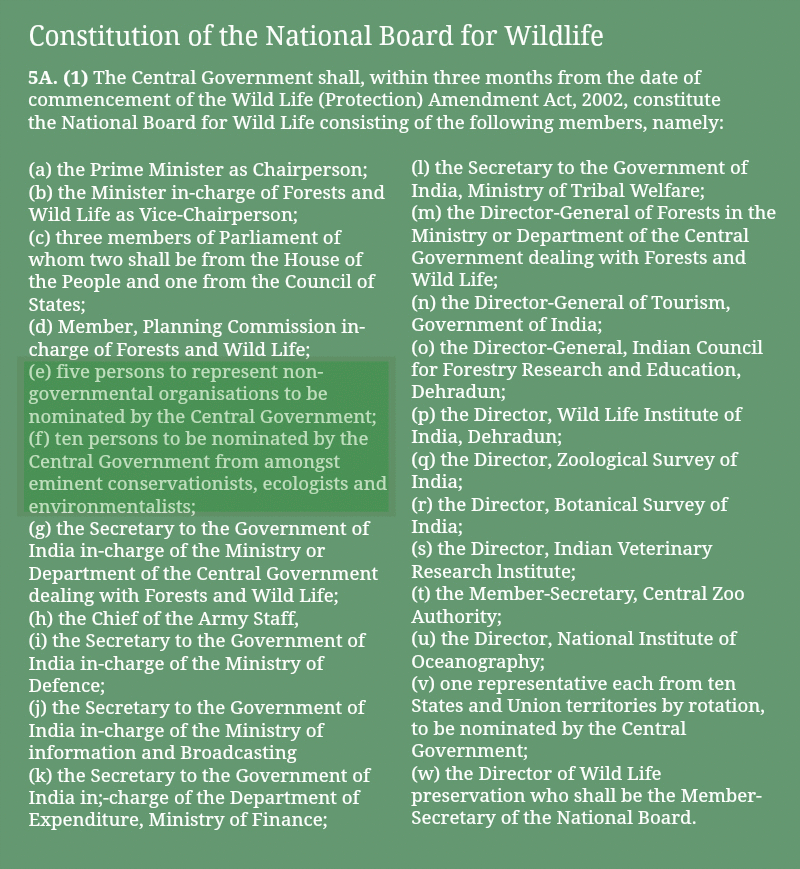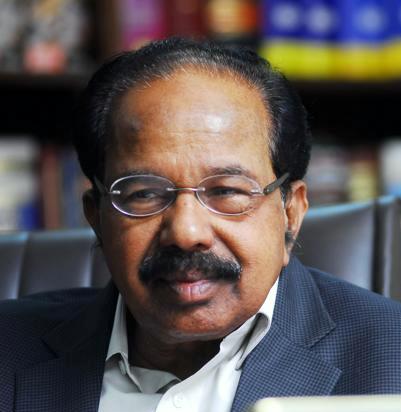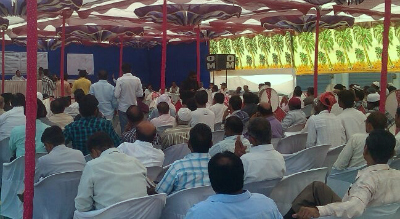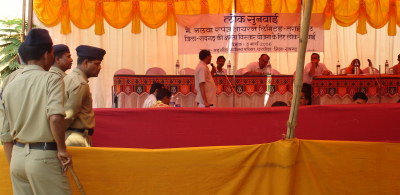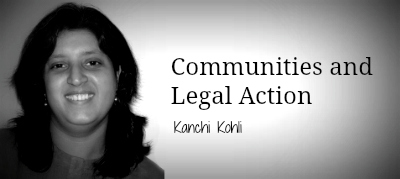 “I am a traveler, just looking for a good hike up the mountains”, the foreign-looking man said, and then to a bunch of local boys sitting at the village teashop, “Will one of you be able to come along? I’ll pay you for your time. You would know these mountains better. I am a fascinated by high-altitude mushrooms but I can’t figure out which ones are edible.” Two of them readily agreed.
“I am a traveler, just looking for a good hike up the mountains”, the foreign-looking man said, and then to a bunch of local boys sitting at the village teashop, “Will one of you be able to come along? I’ll pay you for your time. You would know these mountains better. I am a fascinated by high-altitude mushrooms but I can’t figure out which ones are edible.” Two of them readily agreed.
Off they went the next morning. They would have to walk up the steep hill for half a day and perhaps camp for the night before going further. During the journey, the traveller kept pulling out strange implements from his backpack and enquiring about various mushrooms, their uses in medicine and food, and how the poisonous ones can be identified. He collected mushrooms in small bottles and labeled them with precise geographical information. He also took pictures and notes.

The two boys were beginning to get frustrated. The traveller seemed in no hurry and was completely focused on the mushrooms. At night, over some chhang (a fermented millet drink), they questioned him about this. “Is nothing else in our home important?” He evaded many of the questions and just said that he had been obsessed with mushrooms since he was a child. This collection, he said, was to show his wife, the mysterious lives of mushrooms. The boys were not convinced. While they did not say much immediately, they sent a message from a friend’s house to the local forest department office where there was a friendly range officer. The third day, when they descended, the ranger was waiting at the teashop.
As a forest department officer, this ranger was empowered to file complaints under Section 61 of the Biological Diversity Act, 2002 (“BD Act”) read with Notification S.O. 120(E) dated January 17, 2009 from the Ministry of Environment and Forests. He had complete authority to ask the traveller about his “collection”, why he was collecting it, and whether he had necessary permissions.
Flustered, the traveller said he had permission from the Divisional Forest Officer (“DFO”) to enter the forest for research, but not to collect mushrooms. On further enquiry, he revealed that he was not aware that a foreigner needed permission from the National Biodiversity Authority (“NBA”) set up under the BD Act and based in Chennai, to collect mushrooms for research. Section 3(1) of the Act is clear. No non-citizen individual or company or research institution can “obtain any biological resource occurring in India or knowledge associated thereto for research or for commercial utilization or for bio‑survey and bio‑utilization.”
The traveller was jittery. If booked under the BD Act, the punishment is imprisonment up to five years or fine up to ten lakh rupees and where the damage exceeds that amount, the fine will be equal to the damage caused. He did not know what had hit him. He feigned ignorance of the law, pleaded not guilty, and finally persuaded the range officer and the two young boys to let him go. He handed over the mushrooms he had collected, deleted all the photographs, and requested that he be let off with a warning.
The range officer conceded but the young boys were not satisfied with the action taken. Feeling empowered by their partial understanding of the law, he asked the range officer some more questions.
What can communities do?
“What if the traveller decides to go to the neighbouring block and collect the same mushrooms? We can’t be sure he is an honest researcher and might take the mushrooms for commercial use.”
The ranger took out a little booklet explaining the law. Sure the researcher can get the mushrooms from somewhere else, he said, and we should be vigilant. Before accessing any biological material, resource, or related knowledge, a foreigner needs to take the NBA’s permission and an Indian can inform the relevant state biodiversity board. But a foreigner may front an Indian person or company for circumventing the requirement of NBA permission. Unfortunately, much of the disclosure depends on what is claimed in the application form. “We are currently not fully equipped to regulate this”, the ranger said, “and therefore need vigilant communities to assist the government, just like how you informed me.”
“Its confusing” said the two boys, “but we want to know more. Especially because we have people coming to our village all the time wanting to collect plants, understand our medicinal practices, take away insects, and so on. As hosts, we just don’t ask them questions. What could we have done if we did not know you or anyone authorised to take action? What could we have done as people living in the area without your intervention?”
Form a BMC and charge for access
The range officer explained that the boys could have helped in two ways. If the community had a Biodiversity Management Committee (“BMC”) under the law, they could have levied a fee from the researcher for access. This is after the researcher ha taken permission from the NBA and the NBA mandatorily reaching out to the village BMC for a consultation. This is a necessary requirement before the permission is granted.
Become a benefit claimer
“The only other way is if you call yourself a ‘benefit claimer’”. So when no permission has been sought, as in this case, the members of the community are authorised to take cognizance of the offence just like the ranger did. “You can file a case before the National Green Tribunal closest to you.” Of course, this is a long and tedious process. ‘Benefit claimers’ are conservers of biological resources and their byproducts and creators and holders of knowledge and information relating to the use of such biological resources, innovations, and practices associated with such use and application.
Questions around functional BMCs
The BD Act became fully operational in 2004 when the rules made under it were notified. Such cases, often called “biopiracy”, are prevalent all across the country. It has been difficult for regulatory bodies to track offences, especially since communities or local self government institutions are not full empowered to check on offences and illegalities. Functional BMCs remain a distant dream, especially because many communities don’t find it particularly empowering to set up new committees. The Biological Diversity Rules, 2004 don’t actually give BMCs too many powers except around creating biodiversity databases and levying access charges. At the same time the state biodiversity boards and the NBA, in spite their best efforts, have not been able to establish many strong village-level institutions. The strength of every law lies both in its design and administrative implementation. With the BDA, both institutions and communities are finding the hike long and tedious.
(Kanchi Kohli (kanchikohli@gmail.com) is an independent researcher and writer. This article relies on the work carried out by the author along with Shalini Bhutani as part of the Campaign for Conservation and Community Control over Biodiversity. See also on this subject, two booklets – Frequently Asked Questions on BMCs and a booklet on offences, disputes, and remedies under the BD Act, available here.)


